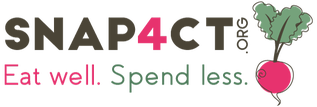1. Make it Whole Grain
2. Add Fruits and Veggies
Try adding bananas, raisins, or berries to hot or cold cereals. Chopped up vegetables make a great addition to eggs or potatoes. Or simply serve apples, oranges, or another piece of fruit alongside your meal. Fresh, frozen, or canned fruits and veggies will do the trick!
3. Swap Out Sugary Foods
Another easy way to reduce the amount of sugar in your breakfast is to skip the juice! We know it seems healthy because it's made from fruit, but even 100% fruit juice is high in sugar. It's also missing the healthy fiber that whole fruit provides. Try eating a piece of fruit instead or limiting yourself (and the kids) to 1/2 cup or 4 oz of juice per day.
Want More Information?
- Watch this video from MyPlate.gov to see how simple swaps can help you build a better breakfast:
- Check out How to Make Breakfast a Healthy Habit from the American Heart Association
- Read Breakfast: Key to Growing Healthy from the Academy of Nutrition and Dietetics
- Don't eat a typical American breakfast? Don't worry, all foods can fit! Check out MyPlate for Different Cultures to learn how.
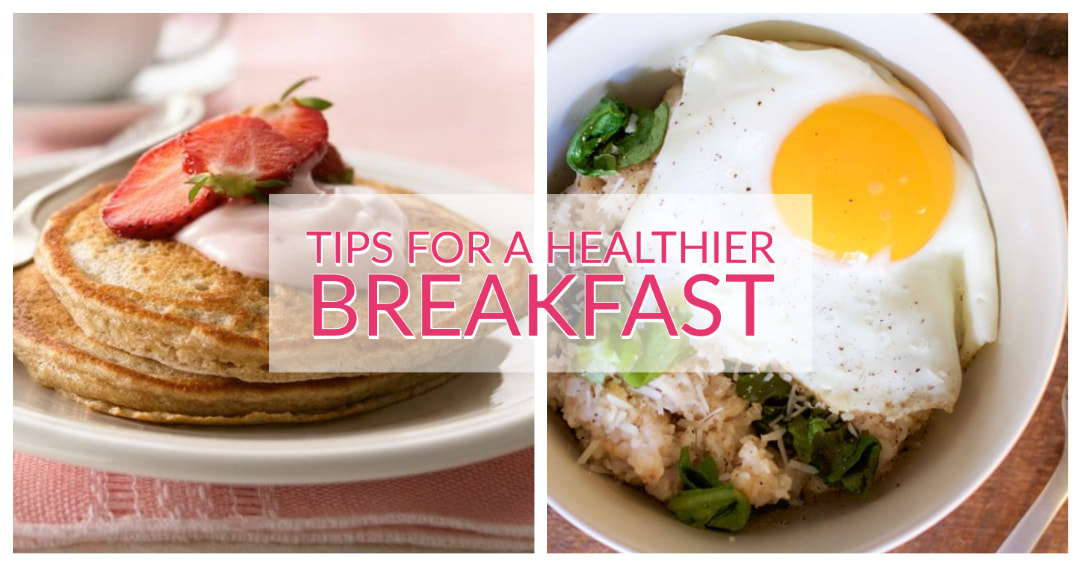
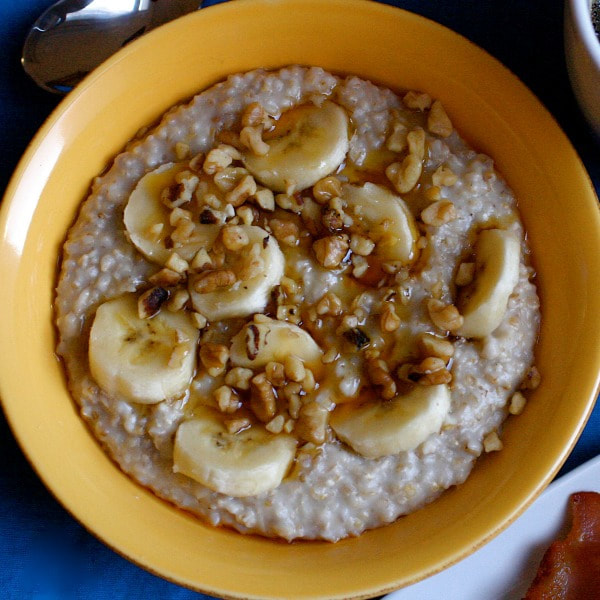
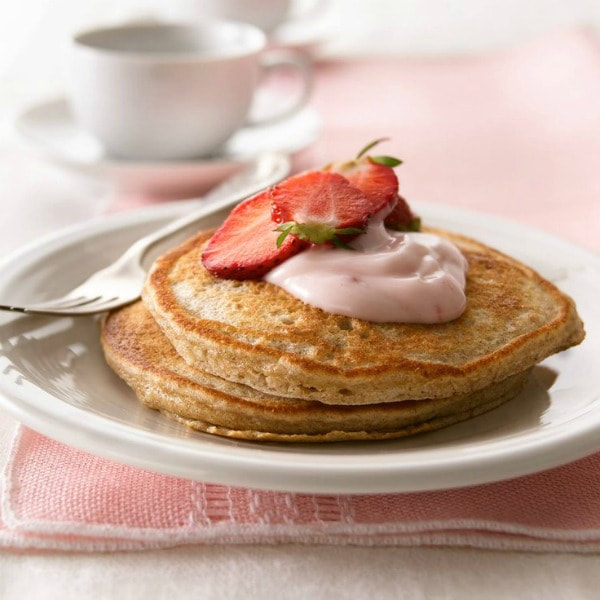
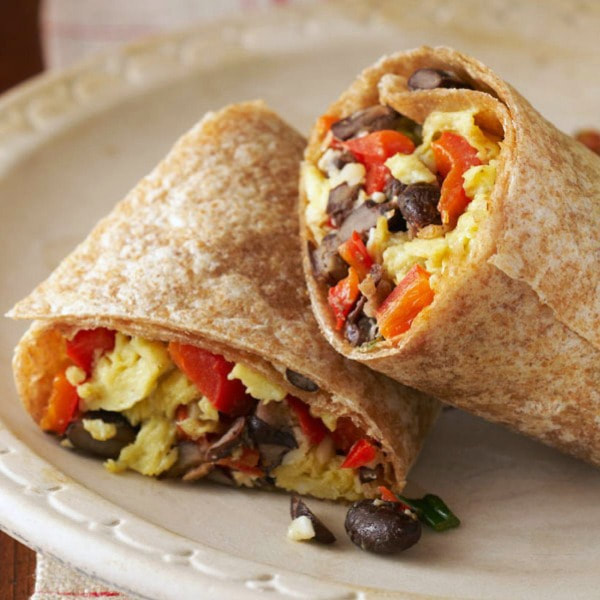
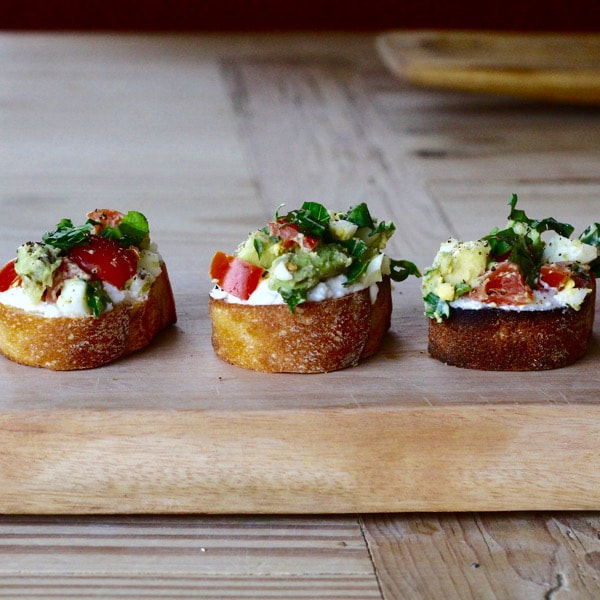
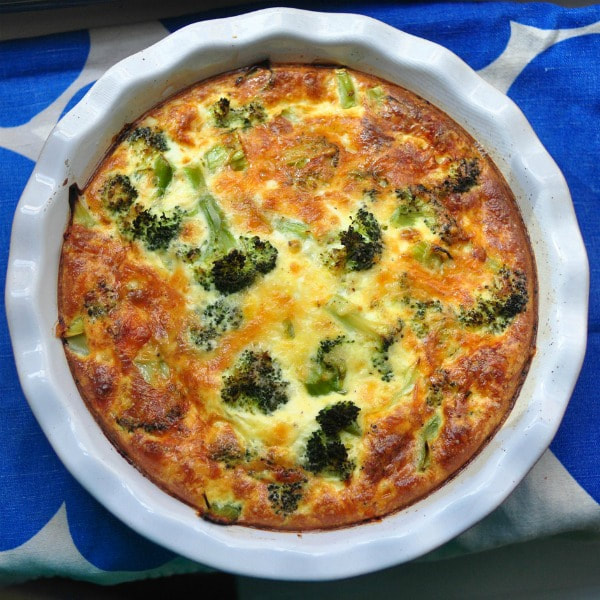
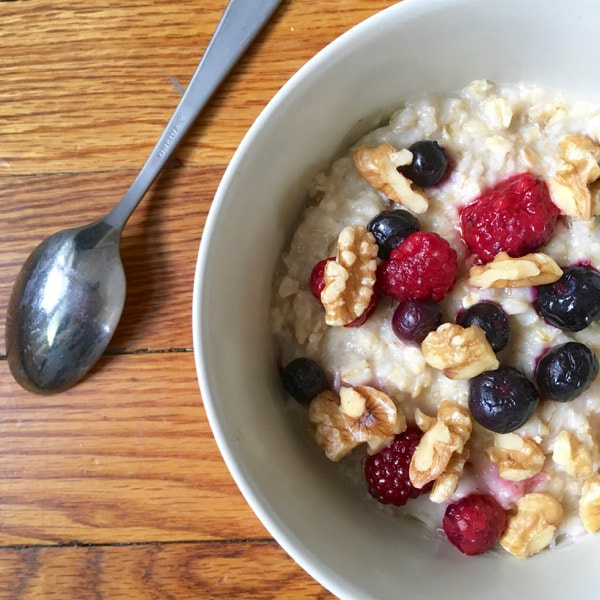
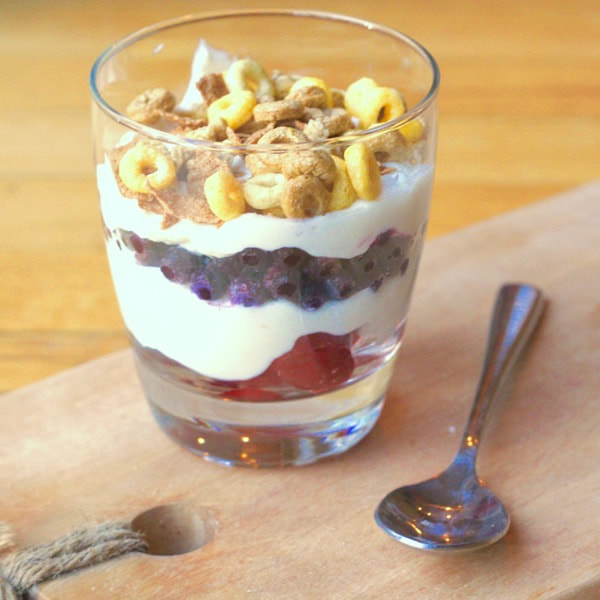
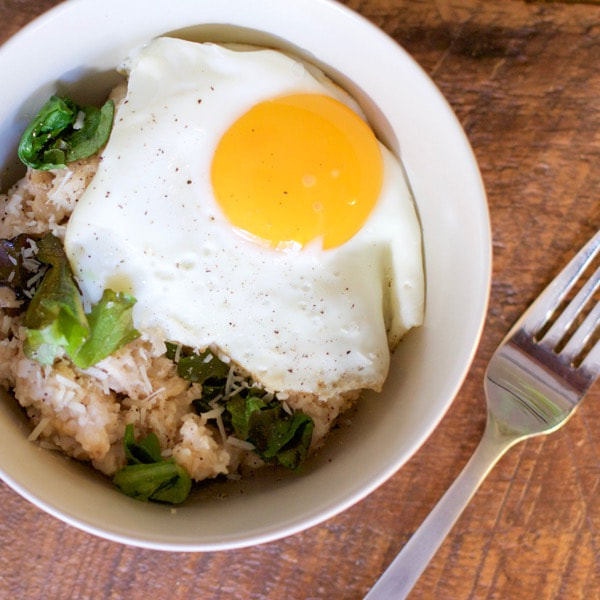
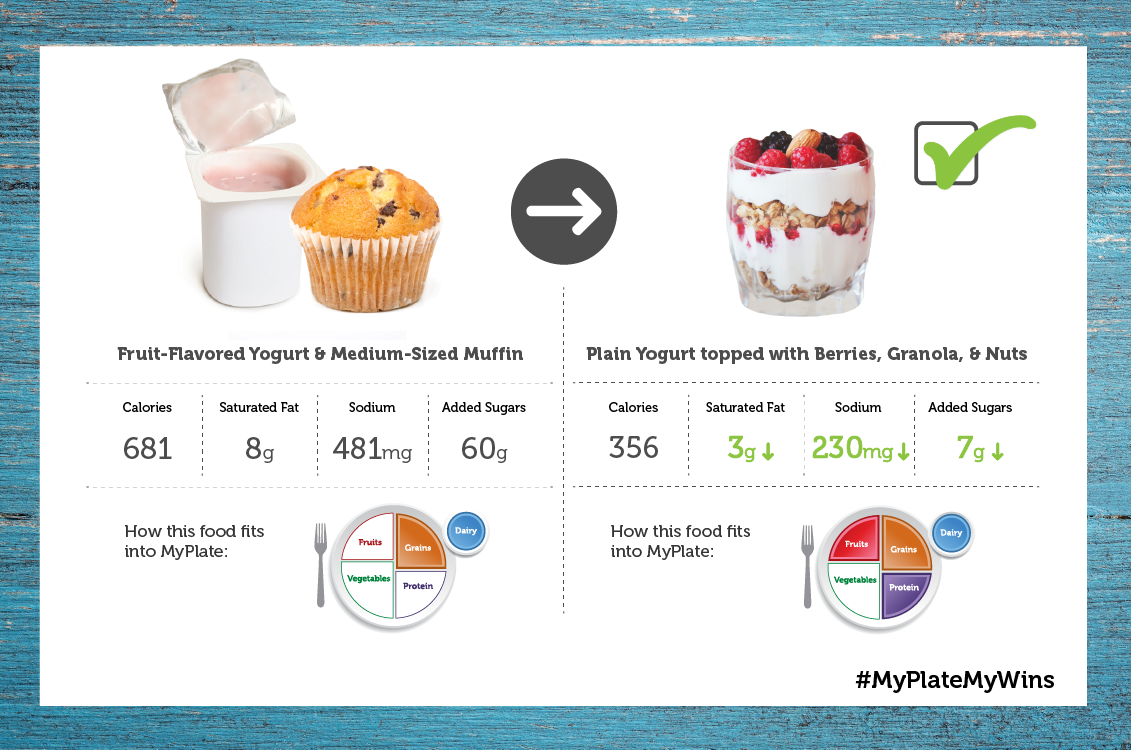

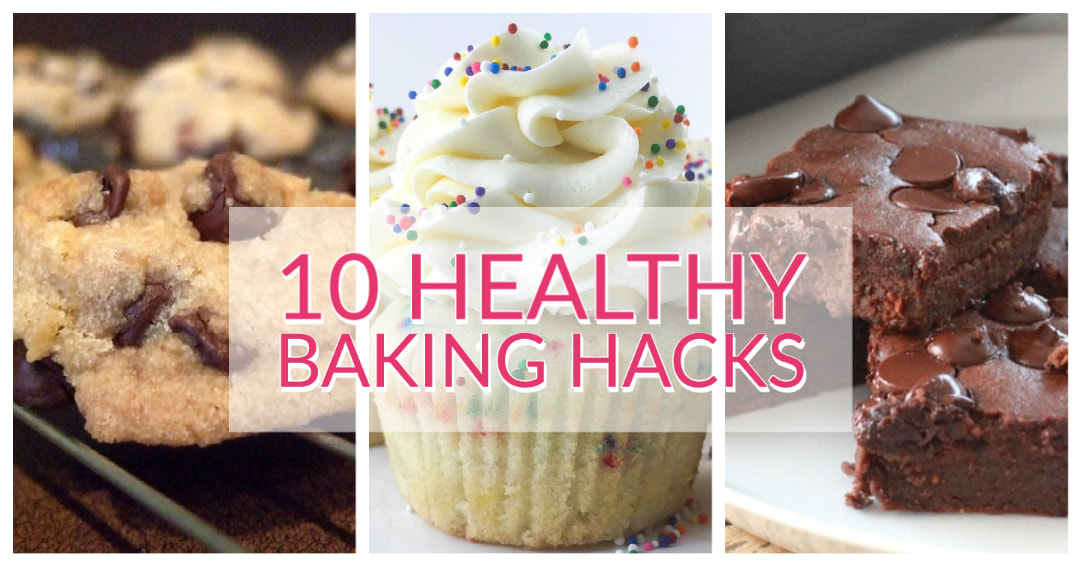
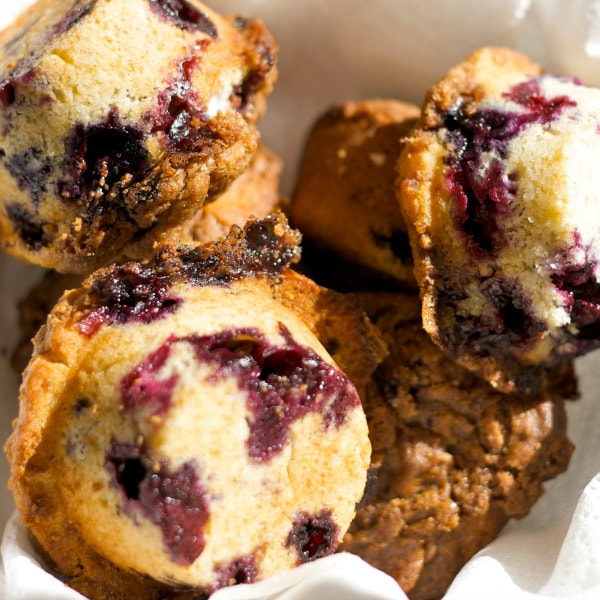
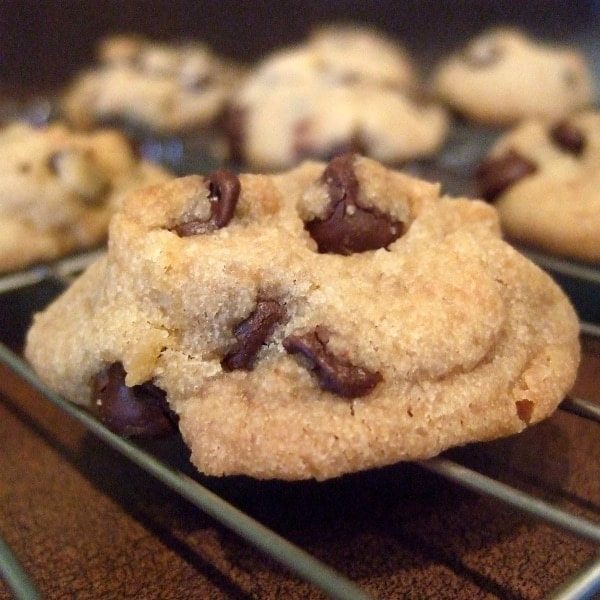
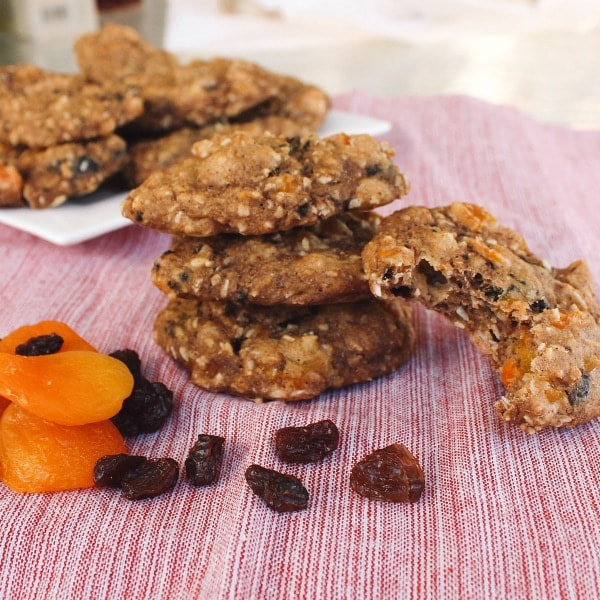
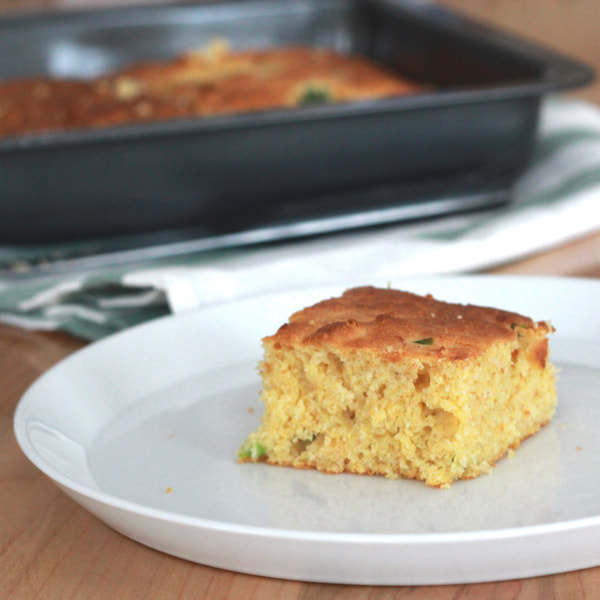
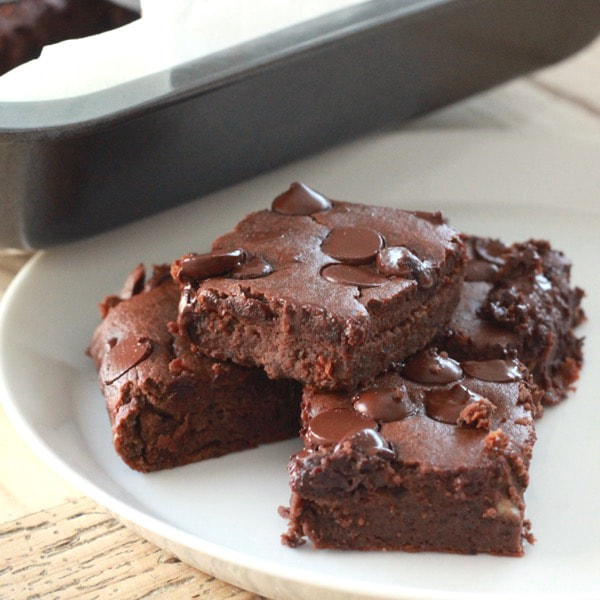
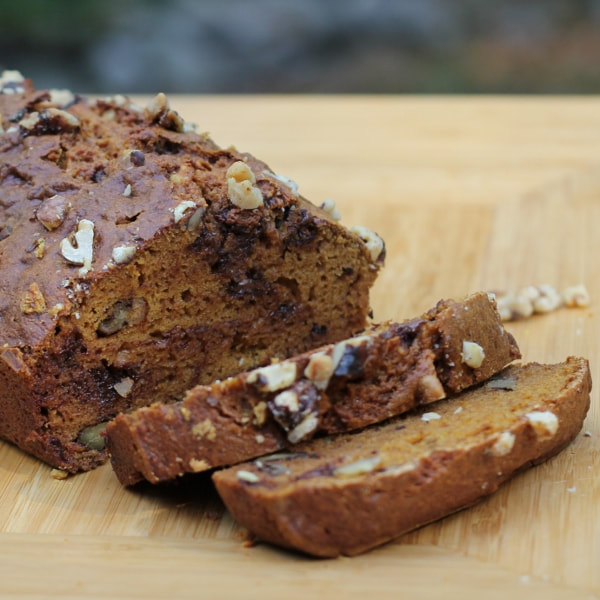
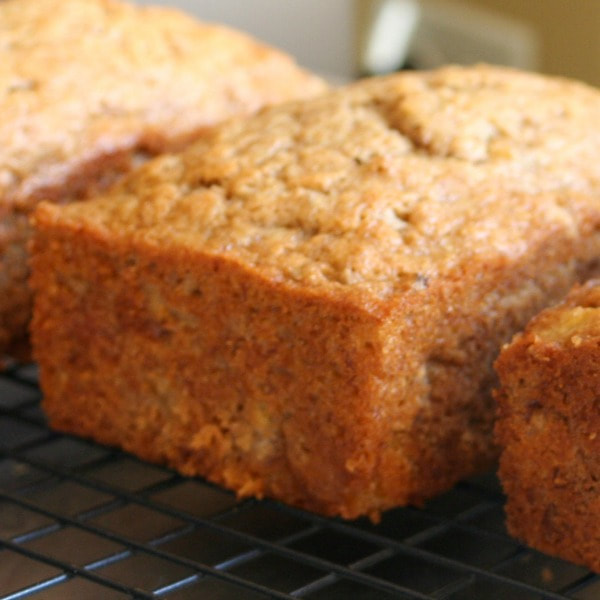
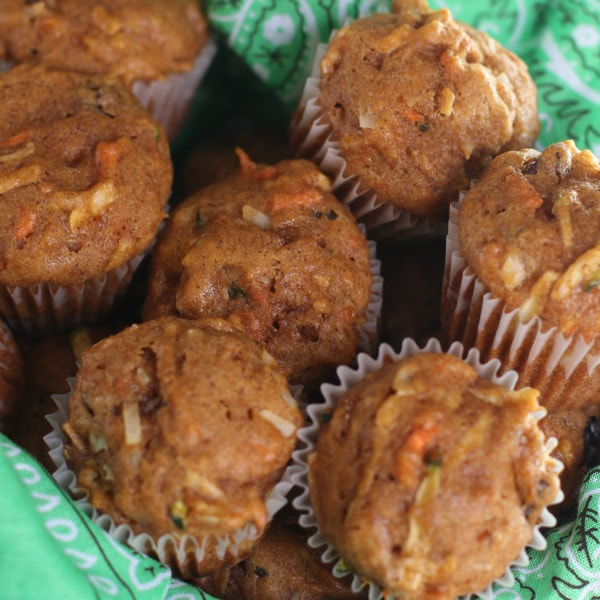
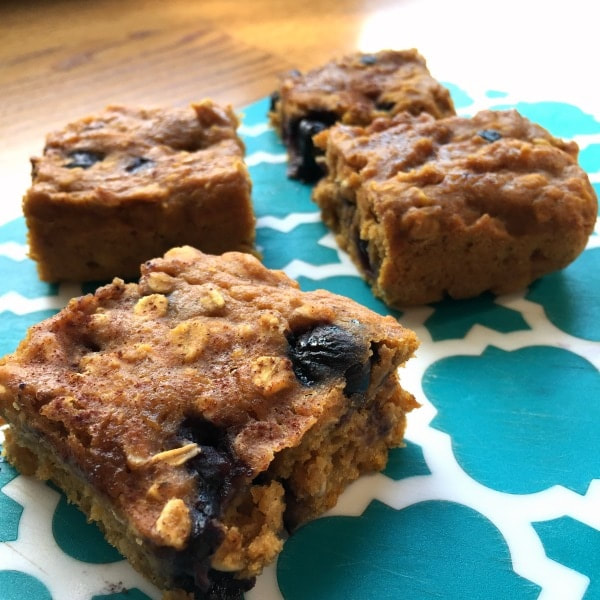
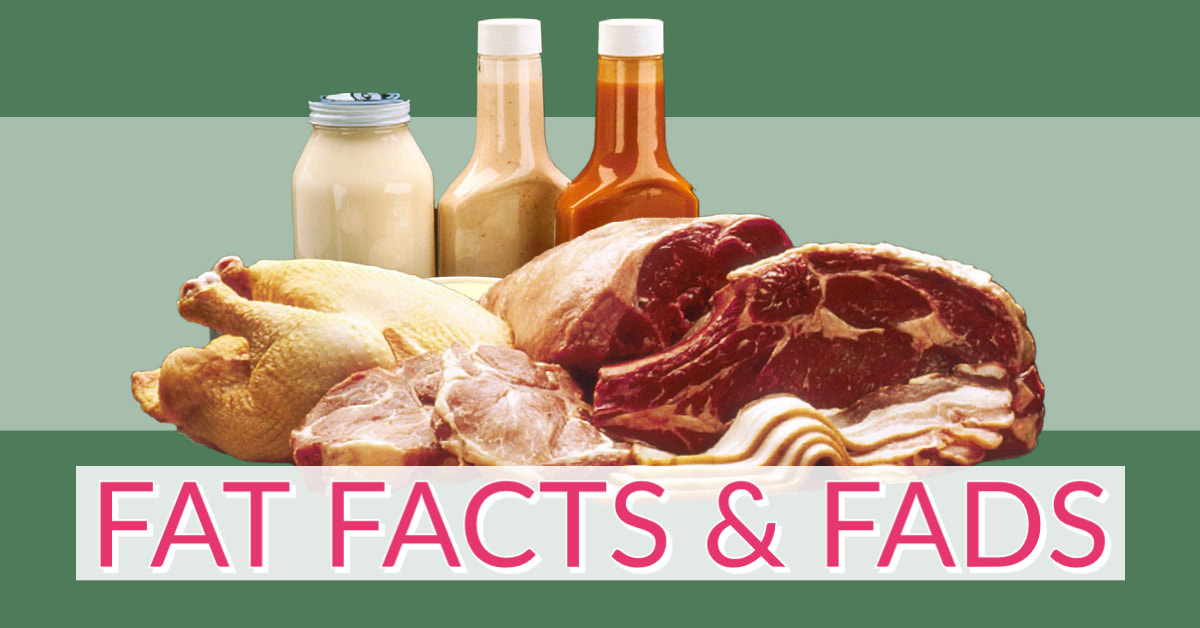
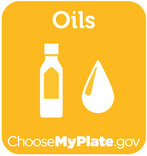
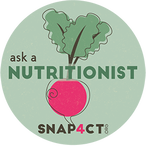
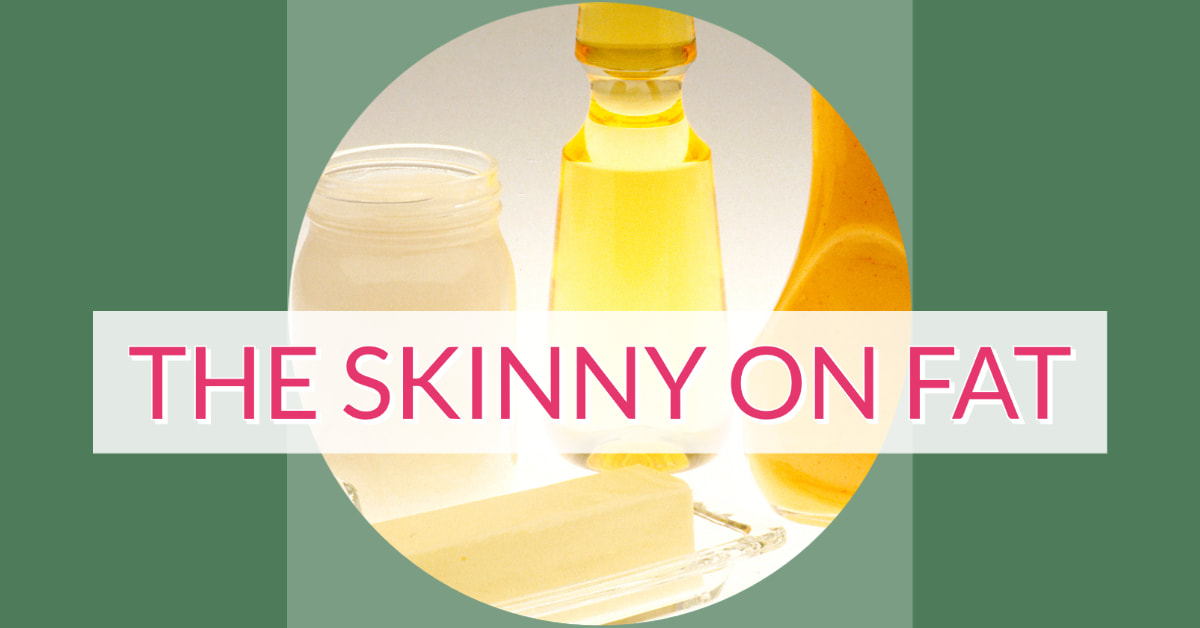
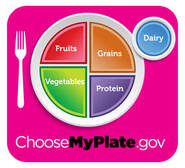


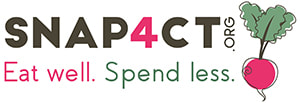
 RSS Feed
RSS Feed
